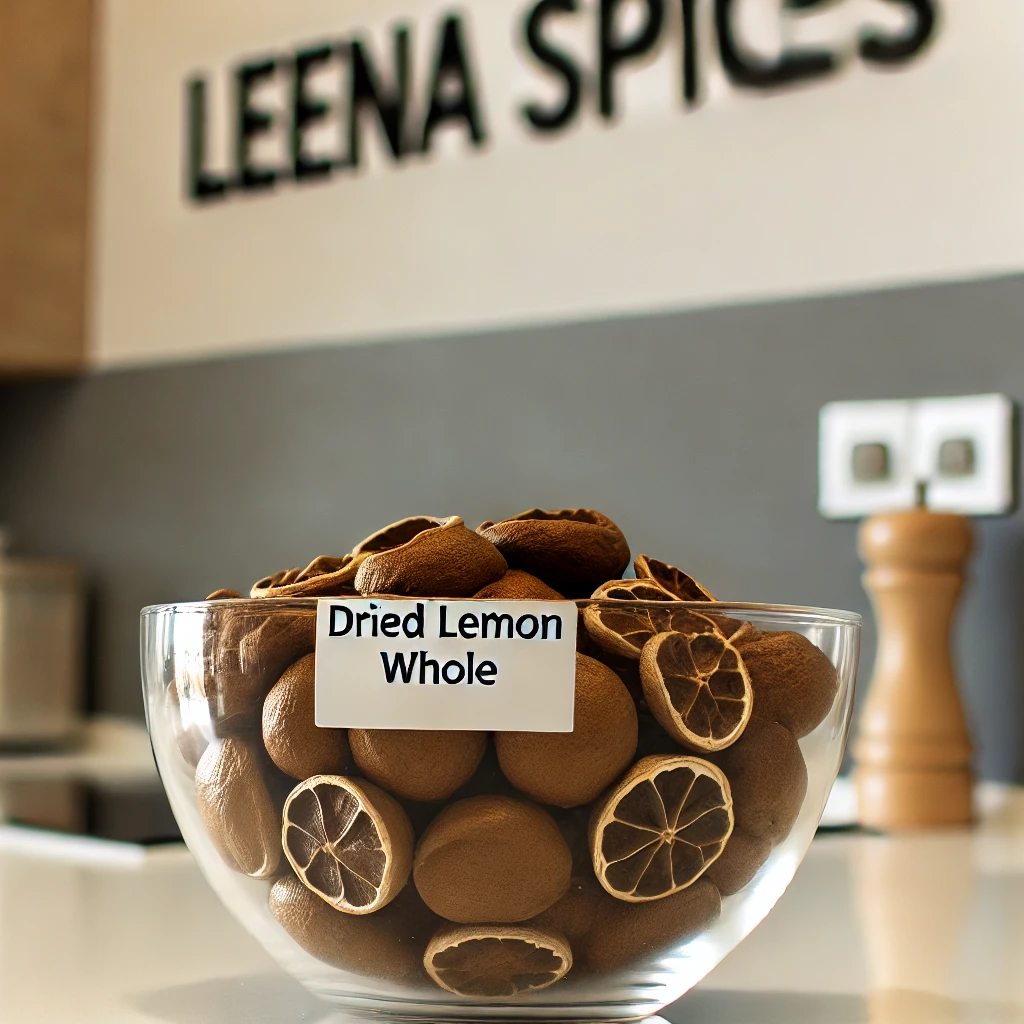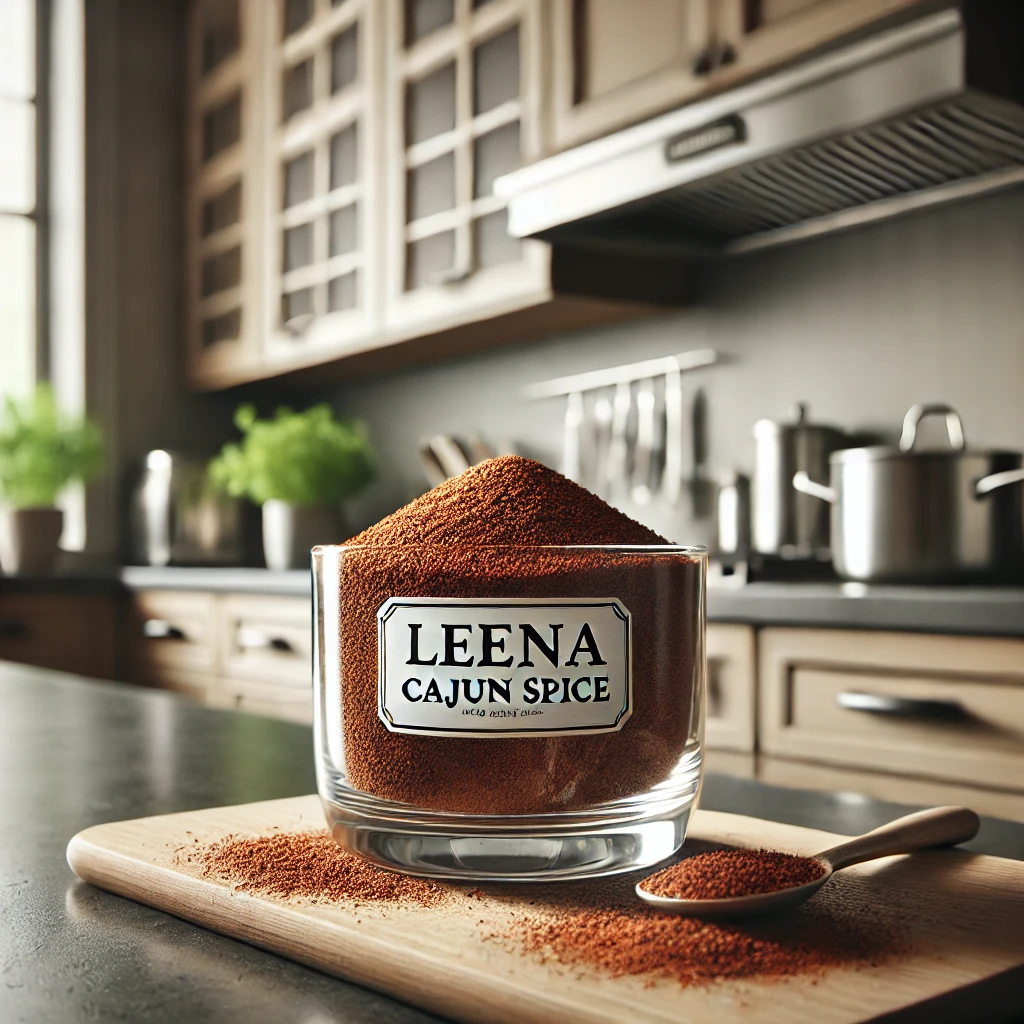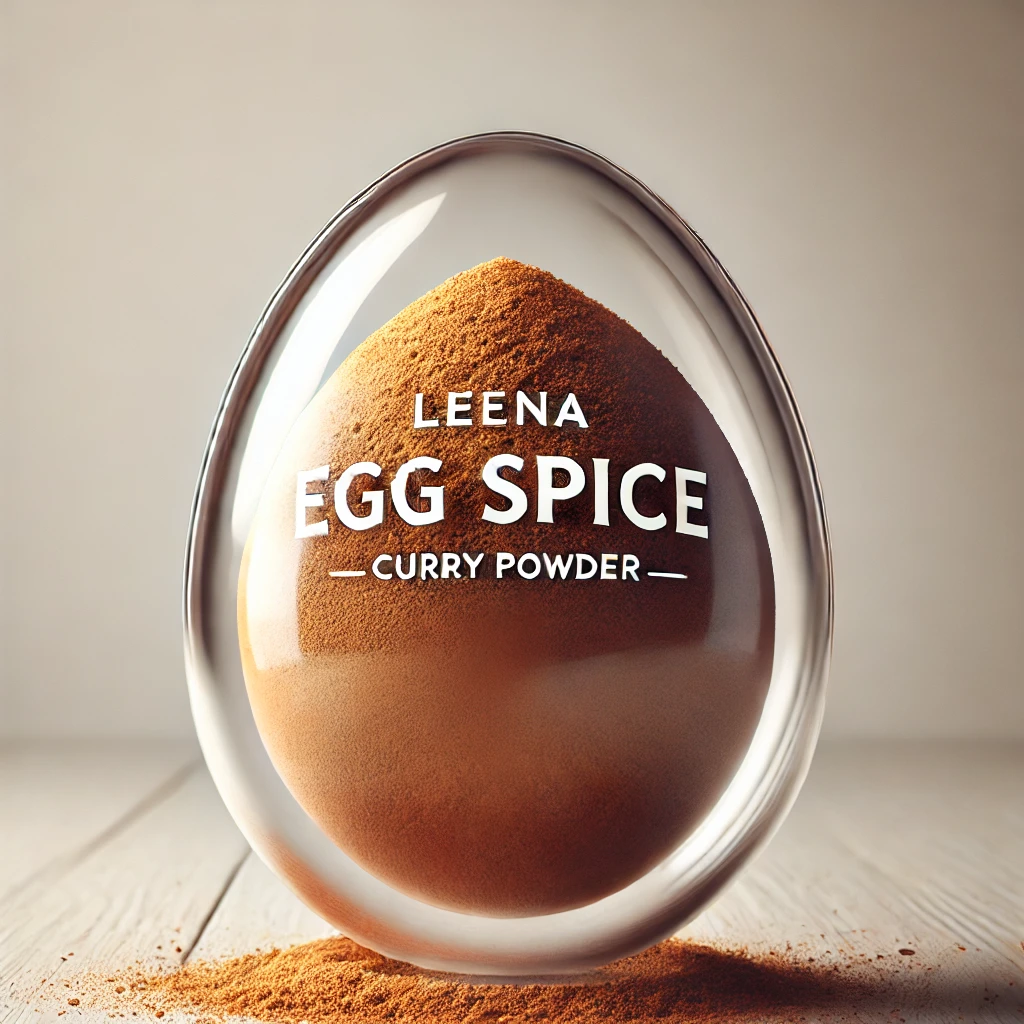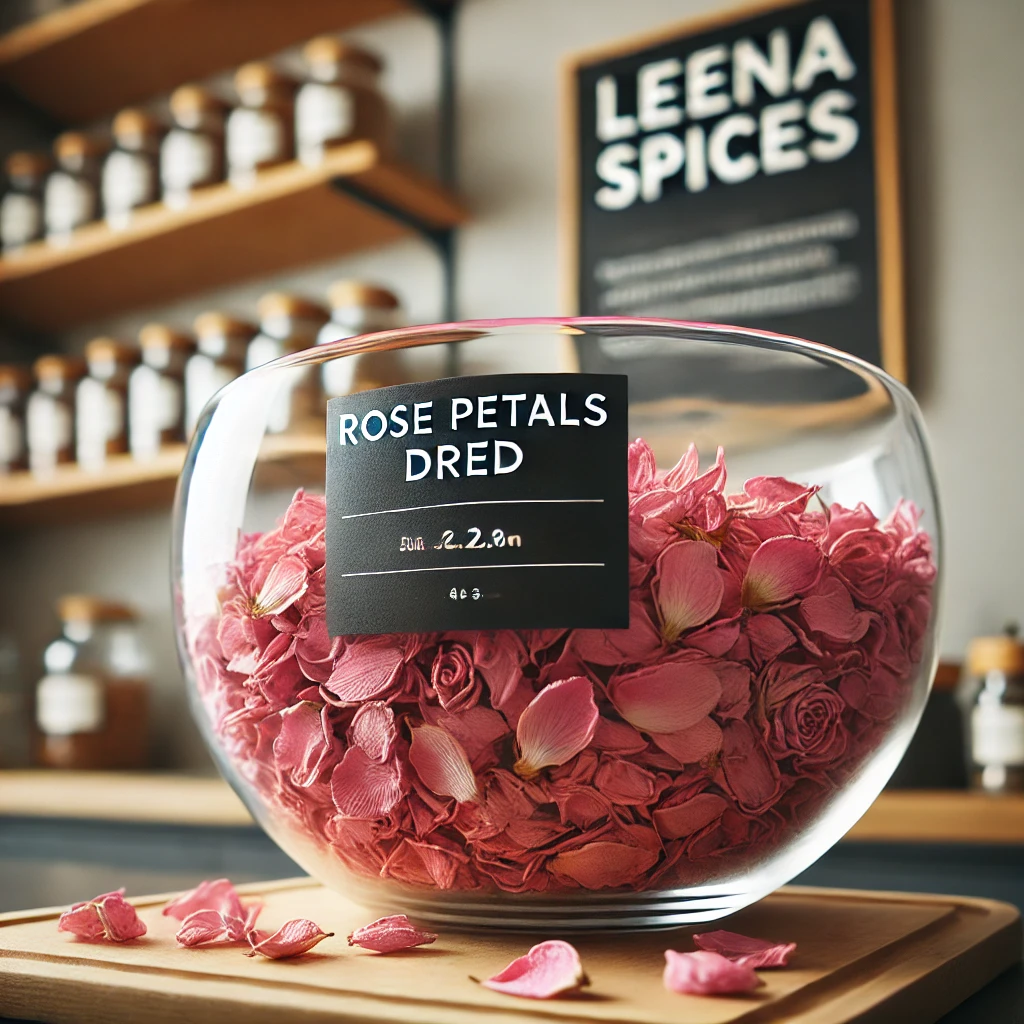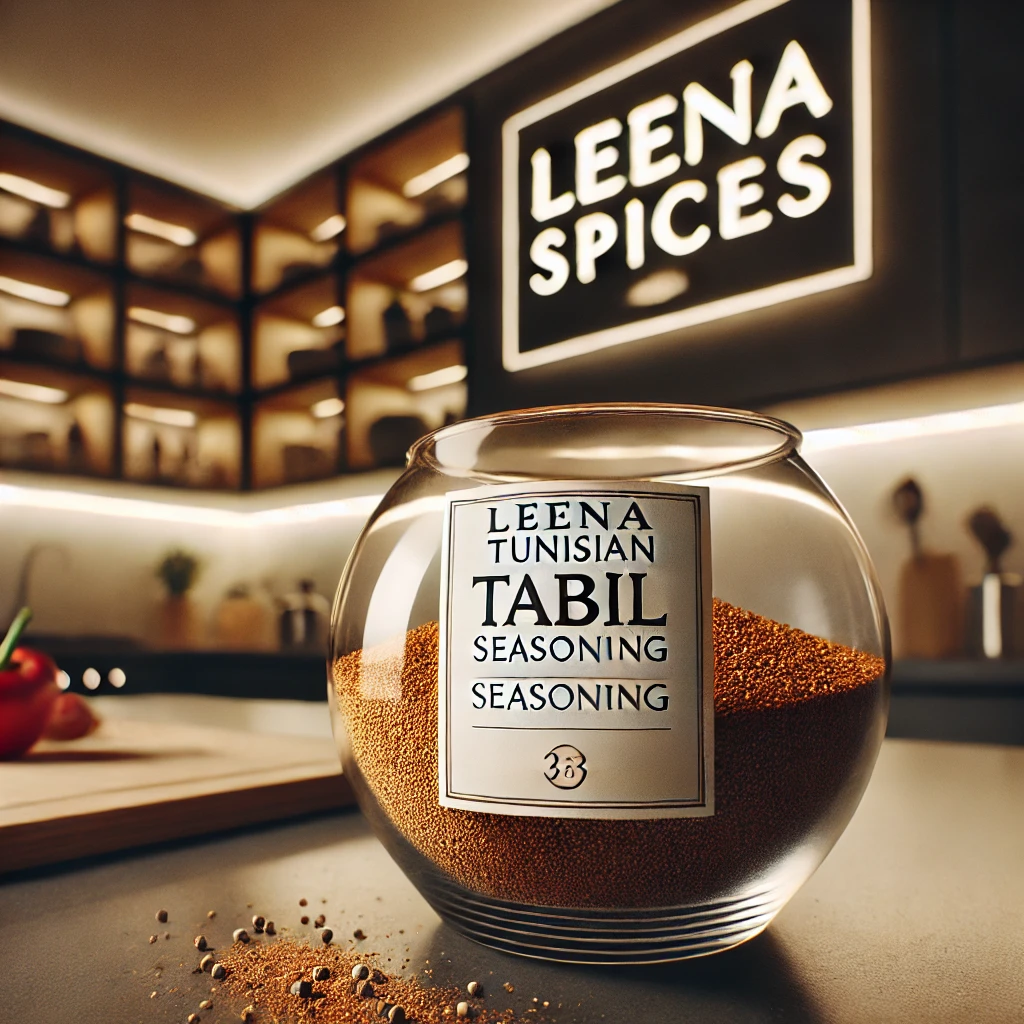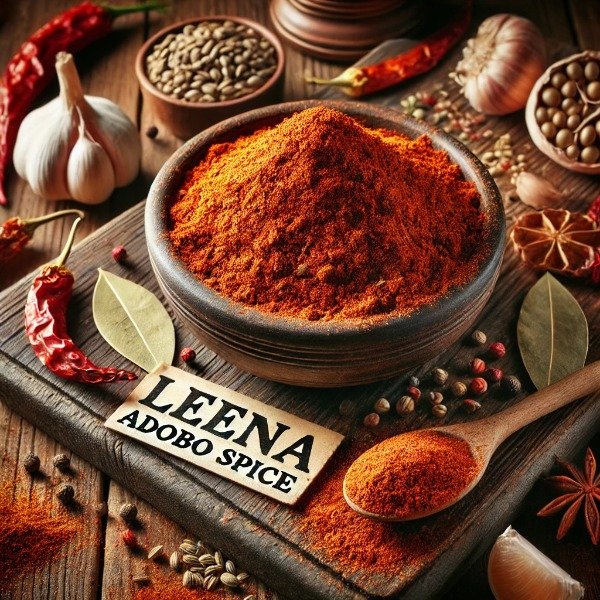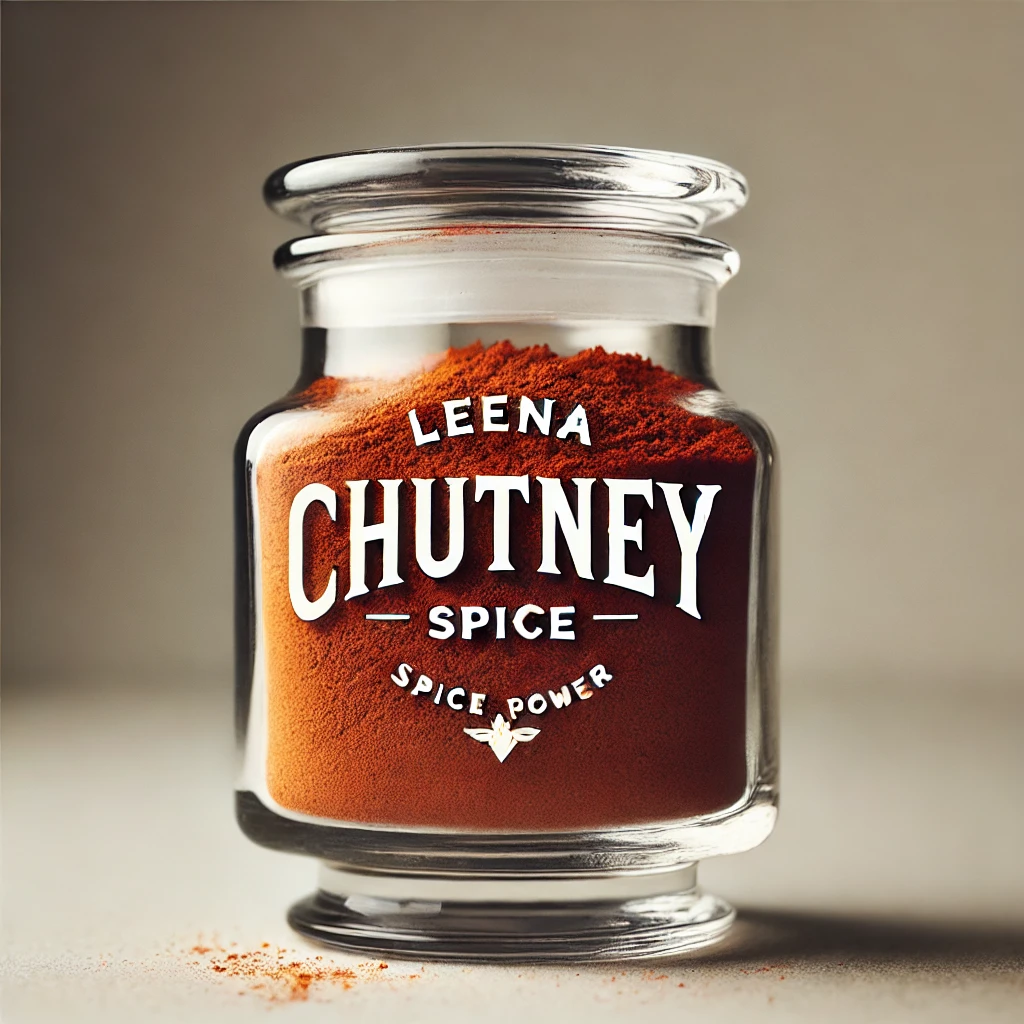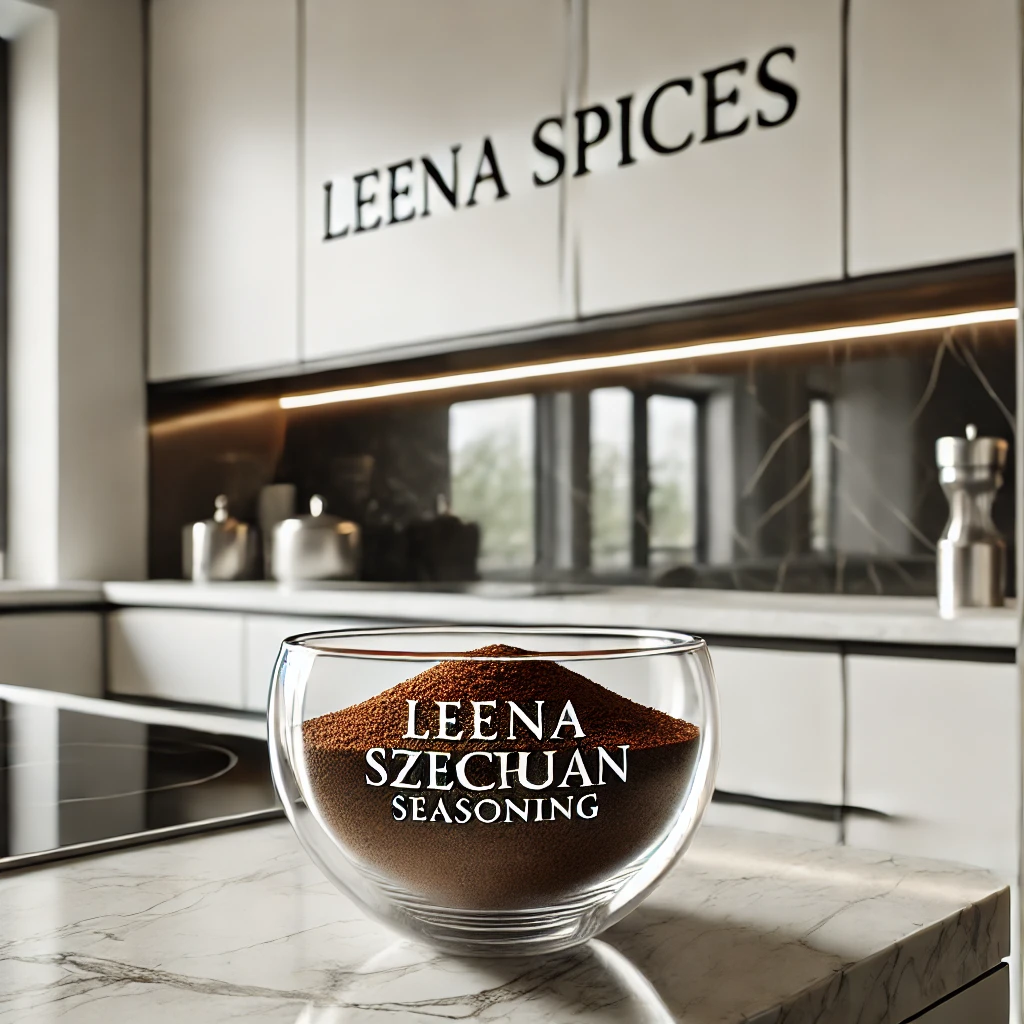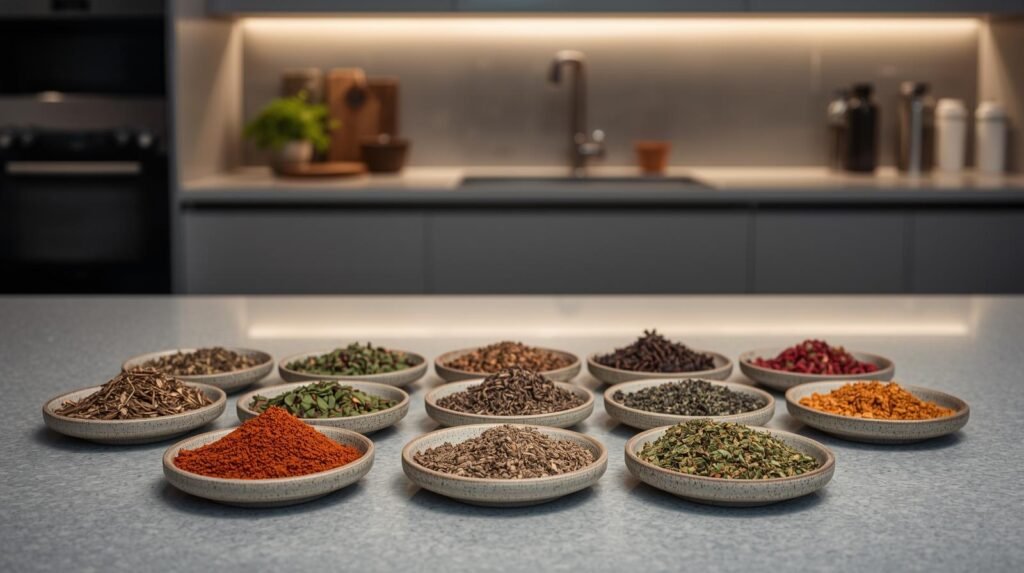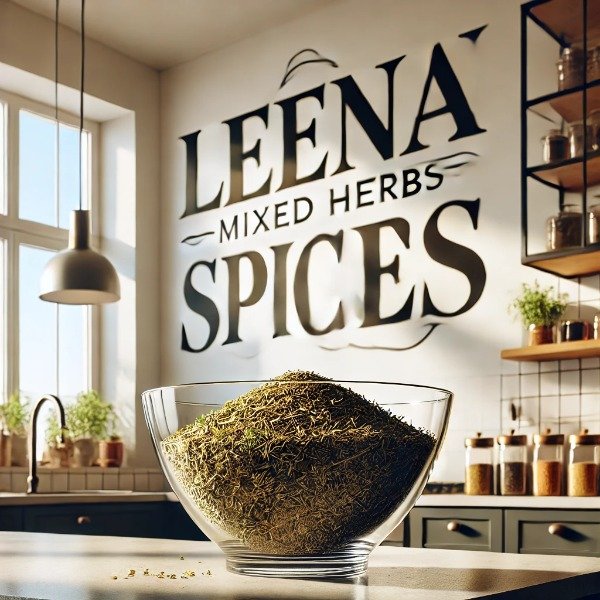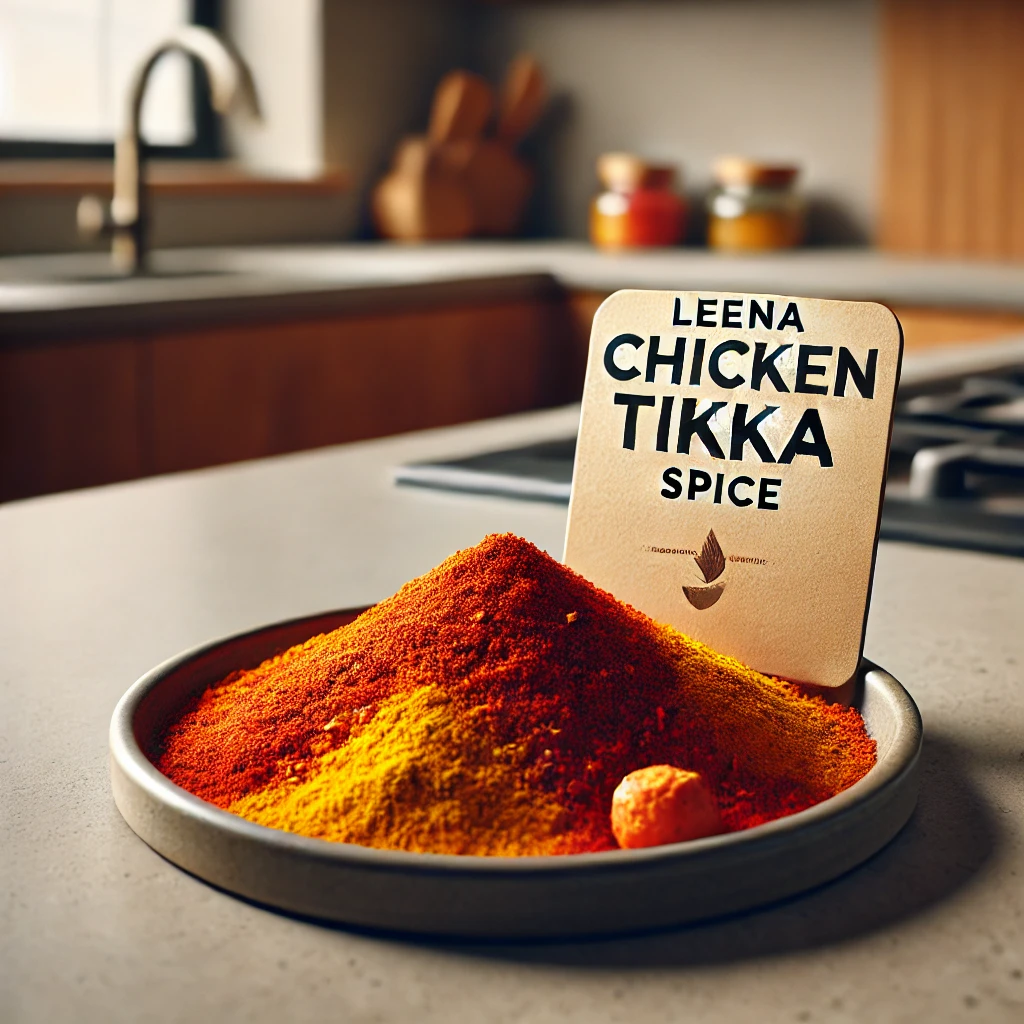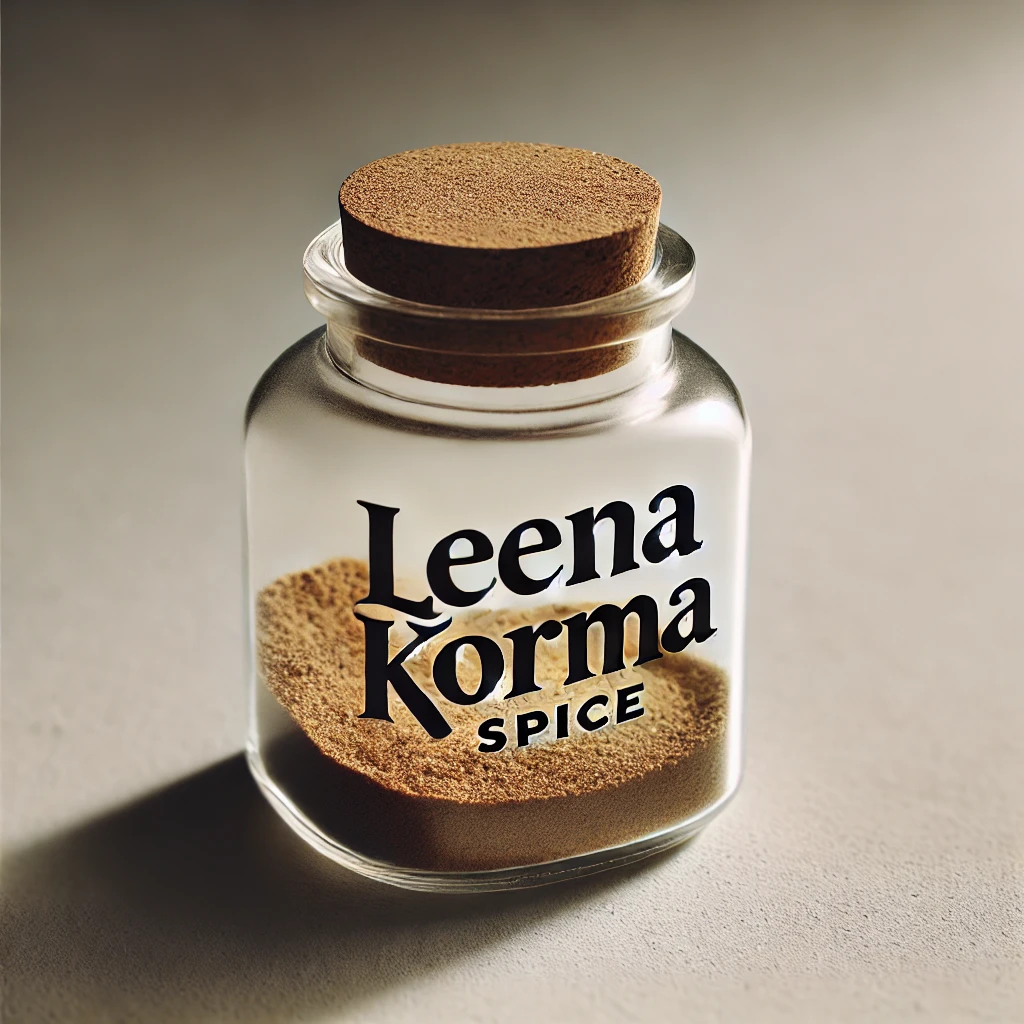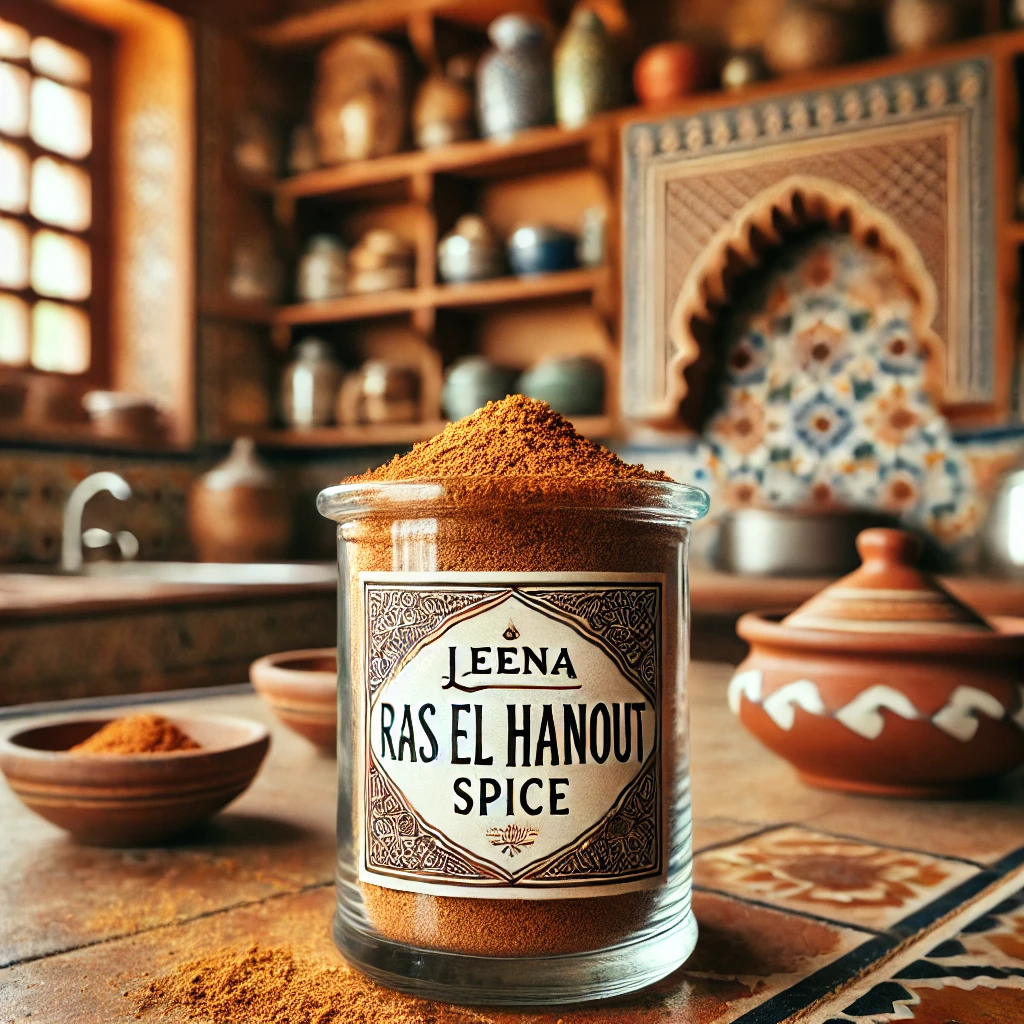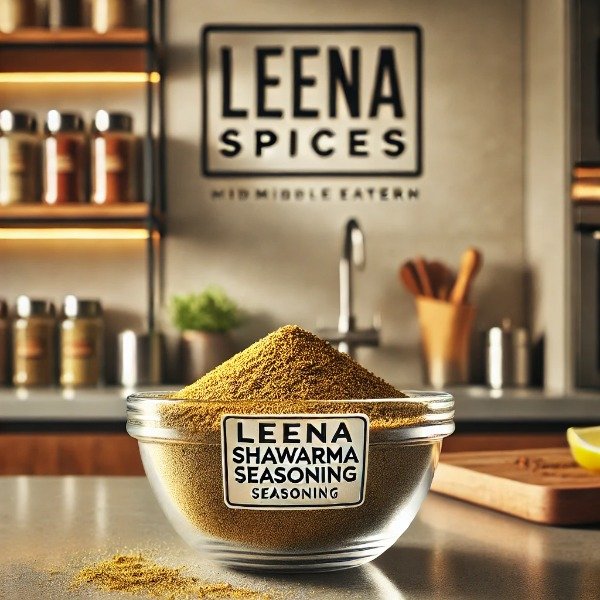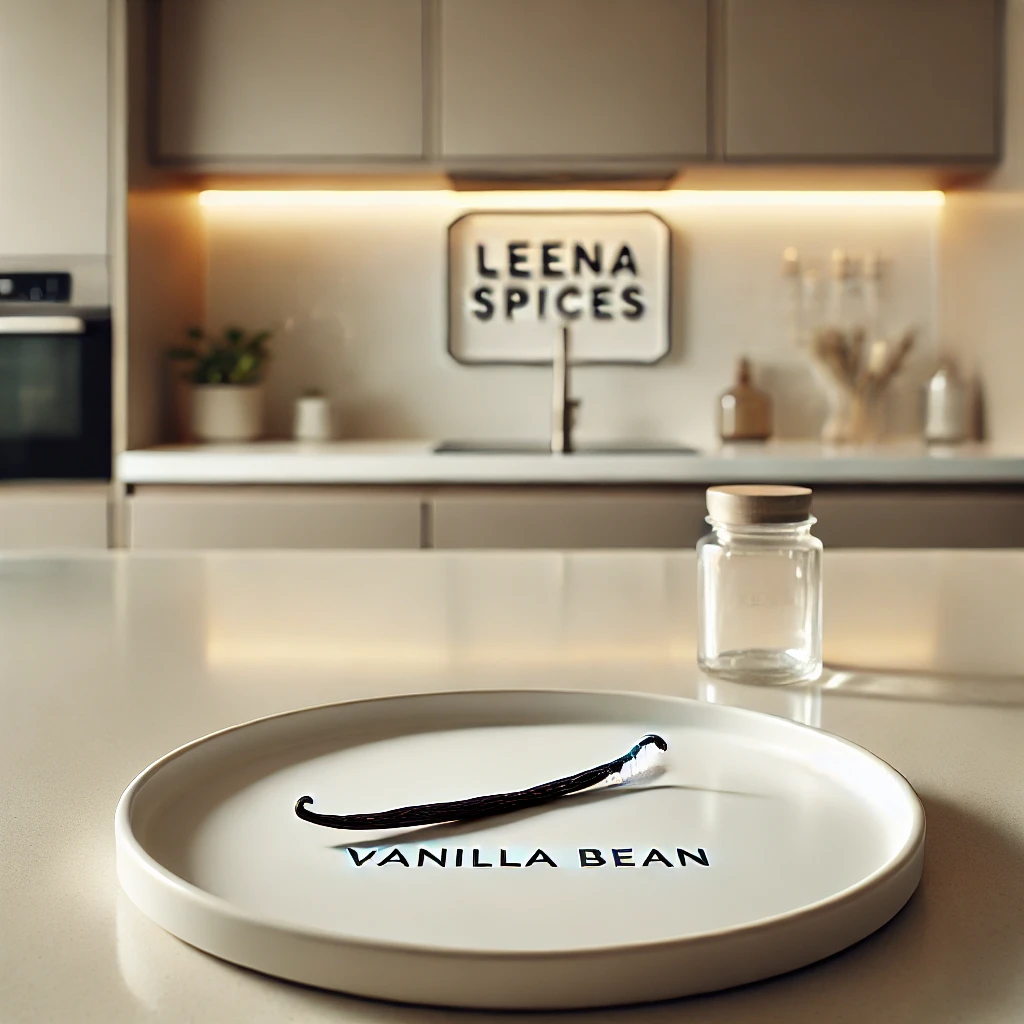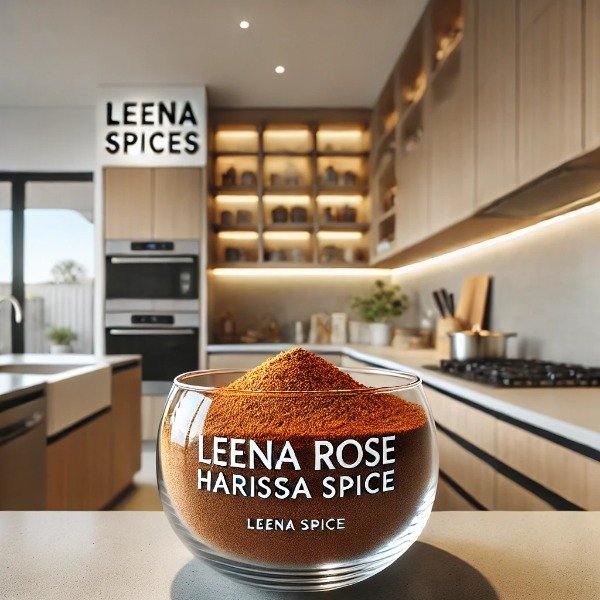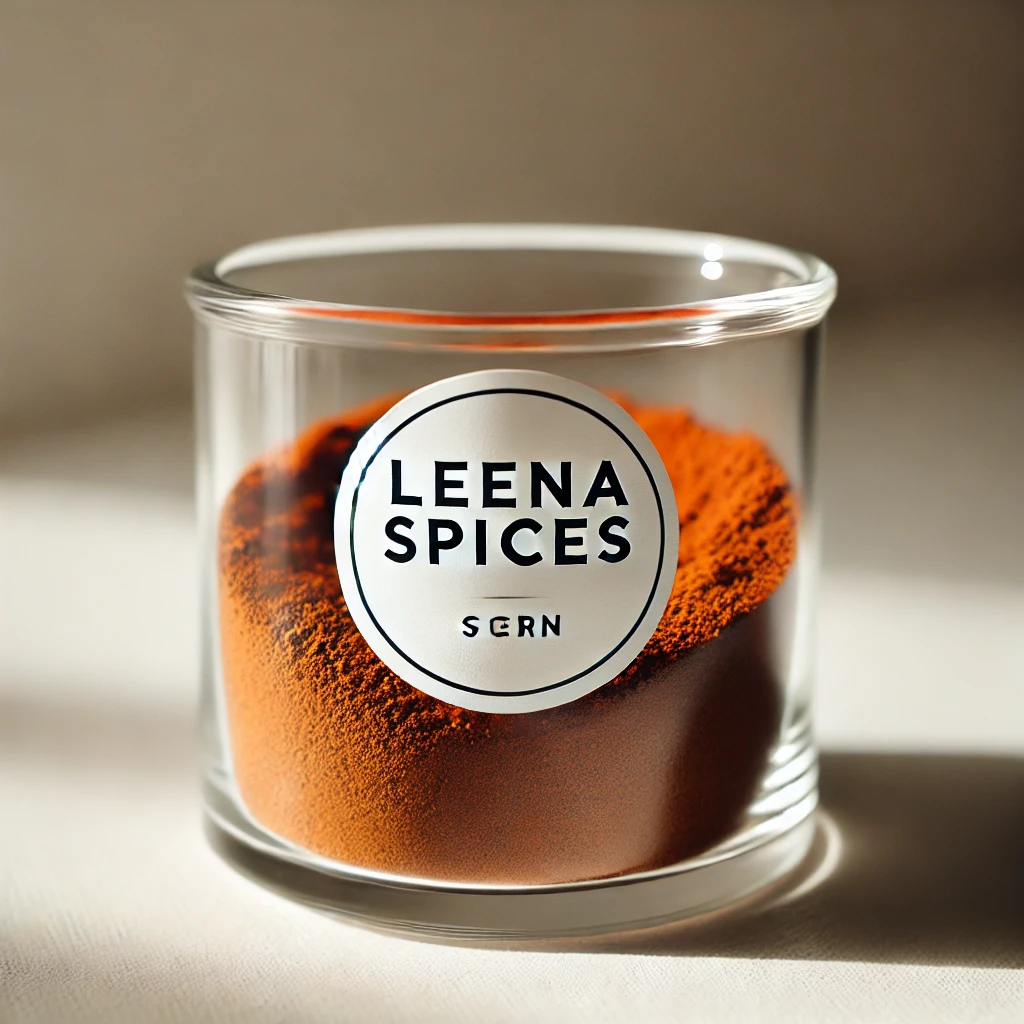7 Ultimate Tips to Gochugaru Korean Chili Flakes
Table of Contents
- What Is Gochugaru?
- Origins of Gochugaru
- Why Gochugaru Is Unique
- Gochugaru vs. Other Chili Flakes
- Flavor Profile and Heat Levels
- Health Benefits of Gochugaru
- Nutritional Components
- Capsaicin and Its Effects
- How to Choose High-Quality Gochugaru
- How to Store Gochugaru
- Usage Tips for Gochugaru
- FAQs About Gochugaru
What Is Gochugaru?
Gochugaru, commonly known as Korean red pepper flakes, is a vibrant, coarsely ground chili powder that plays a foundational role in Korean cuisine. Renowned for its deep red hue and well-balanced flavor profile, gochugaru offers a harmonious blend of gentle heat, subtle sweetness, and a hint of smokiness.
What sets gochugaru apart from standard chili powders is its origin and preparation. It is crafted from specific varieties of sun-dried red peppers grown in Korea, carefully selected for their flavor and color. This regional specificity imparts a uniquely complex taste that is integral to many of Korea’s most iconic dishes, including kimchi, the fermented staple, and gochujang, the richly fermented red pepper paste.

Origins of Gochugaru
Gochugaru’s story begins with the introduction of chili peppers to Korea in the late 16th century. Historians believe Portuguese traders brought chili peppers from the Americas to East Asia, where they were embraced by Korean farmers.
Over time, Korean cultivators developed specific pepper varieties, such as Capsicum annuum, suited to the peninsula’s climate and culinary needs. These peppers, known as gochu in Korean, became the foundation for gochugaru.
Why Gochugaru Is Unique
Gochugaru stands out in the world of spices due to its distinct flavor profile and texture. Unlike many chili powders that prioritize heat above all else, gochugaru offers a harmonious balance of spice, sweetness, and smokiness.
Gochugaru vs. Other Chili Flakes
- Gochugaru offers a moderate level of heat, typically ranging from 3,000 to 10,000 Scoville Heat Units (SHU) for milder varieties, with some hotter versions reaching up to 30,000 SHU. To understand gochugaru’s uniqueness, it’s helpful to compare it to other chili-based spices.
The table below highlights key differences:
Spice
Heat Level (SHU)
Flavor Profile
Texture
Common Uses
Gochugaru
3,000–30,000
Sweet, smoky, mildly spicy
Coarse flakes
Kimchi, gochujang, marinades
Cayenne Powder
30,000–50,000
Sharp, intense heat
Fine powder
Curries, hot sauces
Paprika
100–1,000
Sweet, smoky (varies)
Fine powder
Stews, garnishes
Crushed Red Pepper
15,000–45,000
Hot, slightly fruity
Coarse flakes
Pizza, pasta
What is the Flavor Profile and Heat Levels of Gochugaru
Gochugaru’s flavor is a delicate balance of sweet, spicy, and smoky notes. The sweetness comes from the sun-drying process, which caramelizes the peppers’ natural sugars. The smokiness, more pronounced in premium varieties, adds depth that pairs well with savory and umami-rich ingredients.
The heat level of gochugaru varies depending on the pepper variety used and whether seeds are included in the grind
- Mild Gochugaru (3,000–10,000 SHU): Best suited for soups, stews, or dishes that require a gentle warmth without overpowering heat.
- Medium Gochugaru (10,000–20,000 SHU): Ideal for marinades, sauces, and stir-fries where balanced spiciness is desired.
- Hot Gochugaru (20,000–30,000 SHU): Used sparingly in dishes that call for bold, intense heat.
What Are Health Benefits of Gochugaru
Gochugaru is more than just a vibrant flavor enhancer. It also offers a range of health benefits that make it a nourishing addition to any diet.
Its primary bioactive compound, capsaicin, is not only responsible for its characteristic heat but is also known for its anti-inflammatory and metabolism-boosting properties.
Nutritional Highlights Gochugaru
- Gochugaru is naturally rich in essential vitamins, minerals, and antioxidants, particularly because it is made from whole, minimally processed peppers. Key nutritional components include:
- Vitamin C: Strengthens the immune system and supports skin health by promoting collagen production.
- Vitamin A: Vital for eye health, immune defense, and cellular regeneration.
- Antioxidants: Compounds such as capsaicinoids and flavonoids help combat oxidative stress and reduce inflammation.
- Minerals: Contains small but beneficial amounts of potassium and magnesium, which support cardiovascular and muscular function.
Capsaicin and Its Effects
- The active compound capsaicin, which gives gochugaru its signature heat, has been widely studied for its potential health benefits.
- Metabolism Support: Capsaicin may enhance thermogenesis, the process by which the body produces heat, potentially aiding in calorie and fat burning.
- Anti-Inflammatory Properties: Research suggests that capsaicin can help reduce inflammation in the body, which may offer relief from conditions such as arthritis or muscle soreness.
- Digestive Health: When consumed in moderation, capsaicin may stimulate digestive enzymes and promote a healthy balance of gut microbiota, contributing to improved digestive function.
- Pain Relief (Topical Use): Though not directly related to culinary use, capsaicin is also used in topical creams to manage chronic pain, particularly for nerve conditions and joint inflammation.
How to Choose High-Quality Gochugaru
As gochugaru gains international popularity, a wide variety of products have entered the market, from artisanal Korean blends to mass-produced alternatives. However, not all gochugaru is created equal. To ensure you are getting the most authentic and flavorful version, it is important to know what to look for when making a selection.
Key Factors to Consider
When purchasing gochugaru, keep the following quality indicators in mind:
- Color: High-quality gochugaru should have a vibrant, deep red hue. This rich color signifies the use of fresh, well-ripened peppers and careful sun-drying which is a sign of both quality and authenticity.
- Texture: Choose gochugaru with a coarse, flaky texture rather than a fine powder. This traditional texture ensures better flavor distribution and prevents clumping in recipes.
- Ingredients: Always check the label for purity. The best gochugaru contains 100% dried red pepper with no added preservatives, artificial colors, or flavor enhancers.
- Origin: For the most authentic flavor, look for gochugaru sourced from Korea, particularly from regions like Yeongyang or Andong, which are renowned for their traditional farming and drying practices.
- Packaging: Proper packaging is essential for maintaining freshness. Choose gochugaru that comes in airtight, light-resistant bags or containers to protect the spice from moisture and degradation.
How to Store Gochugaru
To preserve the vibrant flavor, color, and potency of gochugaru, proper storage is essential. Like many spices, gochugaru is sensitive to air, light, heat, and moisture, all of which can diminish its quality over time. Following best practices will help maintain its freshness and effectiveness in your cooking.
Storage Guidelines
- Use Airtight Containers: Store gochugaru in a tightly sealed glass jar or high-quality resealable bag to protect it from moisture and air exposure.
- Keep in a Cool, Dark Place: Place the container in a pantry or cupboard away from direct sunlight, heat sources, or humidity. Exposure to light and heat can accelerate flavor loss.
- Refrigerate for Long-Term Storage: For extended shelf life—especially if you buy gochugaru in bulk—store it in the refrigerator or freezer. This helps retain freshness while preventing spoilage.
- Avoid Cross-Contamination: Always use a clean, dry spoon when handling gochugaru to prevent introducing moisture or bacteria, which can lead to clumping or mold growth.
With proper storage, gochugaru can maintain its quality for up to one year in the pantry and even longer when refrigerated or frozen.
Usage Tips for Gochugaru
- Whether you’re new to Korean cooking or experimenting with global flavors, knowing how to properly use gochugaru can help you get the most out of this vibrant spice. Here are some essential tips to maximize its flavor and versatility in your kitchen:
- Start with Small Amounts: Gochugaru’s heat can vary depending on the variety. If you’re unfamiliar with the spice, begin with a small quantity and adjust to taste as you cook.
- Bloom in Oil: For deeper flavor, sauté gochugaru briefly in oil. This process, known as blooming, helps release its essential oils and intensifies its smoky, sweet aroma—ideal for stir-fries, sauces, and marinades.
- Use in Kimchi and Ferments: Gochugaru is a key ingredient in kimchi, but it can also be used in other fermented or pickled vegetable dishes to impart both flavor and vibrant color.
- Combine with Umami-Rich Ingredients: Pair gochugaru with soy sauce, garlic, sesame oil, or fermented pastes like doenjang or gochujang to enhance savory depth.
- Avoid Overheating: Prolonged high heat can cause gochugaru to burn or turn bitter. When adding it to soups or stews, mix it in during the final stages of cooking for optimal flavor.
- Experiment Beyond Korean Cuisine: Try adding gochugaru to non-Korean recipes such as scrambled eggs, avocado toast, popcorn, or pasta sauces to add a flavorful twist with gentle heat.
- Whether you’re new to Korean cooking or experimenting with global flavors, knowing how to properly use gochugaru can help you get the most out of this vibrant spice. Here are some essential tips to maximize its flavor and versatility in your kitchen:
FAQs About Gochugaru
Is gochugaru the same as gochujang?
No, gochugaru and gochujang are distinct ingredients, though closely related. Gochugaru is a dried, coarsely ground red pepper flake, while gochujang is a thick, fermented paste made from gochugaru, glutinous rice, fermented soybeans, and salt.
How spicy is gochugaru compared to cayenne?
Gochugaru is generally milder than cayenne pepper. It ranges from 3,000 to 30,000 Scoville Heat Units (SHU) depending on the variety, while cayenne typically falls between 30,000 and 50,000 SHU. In addition to its lower heat, gochugaru has a sweeter, fruitier, and slightly smoky flavor, making it less aggressive and more nuanced in culinary applications.
Can I substitute gochugaru with other chili flakes?
While substitutions like crushed red pepper or cayenne can work in a pinch, they lack gochugaru’s unique sweetness and texture. For the best results, seek out gochugaru for authentic Korean flavors.
Where can I buy authentic gochugaru?
Authentic gochugaru can be found at Korean grocery stores, specialty Asian markets, and reputable online retailers such as Amazon. When purchasing, look for products that are sourced from Korea, contain minimal or no additives, and are labeled as 100% red pepper flakes for the most authentic flavor and quality.
Does gochugaru have health benefits?
Yes. Gochugaru contains capsaicin, a natural compound known for its potential to boost metabolism, reduce inflammation, and support digestive health. It is also rich in vitamins A and C, which contribute to immune support and skin health.
How long does gochugaru last?
When stored properly in an airtight container away from heat, light, and moisture, gochugaru can retain its quality for up to 12 months. For extended shelf life—up to two years—store it in the refrigerator or freezer, especially if you live in a warm or humid climate.
Is gochugaru gluten-free?
Yes, pure gochugaru made from 100% dried red peppers is naturally gluten-free. However, always check the packaging, especially with imported or flavored blends, to ensure no additives or cross-contamination with gluten-containing ingredients.
Conclusion
Gochugaru is far more than just a spice—it serves as a vibrant gateway to Korean culinary heritage and an increasingly versatile ingredient in kitchens around the world. From its rich historical origins to its rising global popularity, gochugaru’s distinctive flavor, balanced heat, and notable health benefits make it an indispensable addition to any pantry.



